- Antipasti
- Bella Italia
- Dessert
- Drinks
- Favorite Italian recipes
- Main courses
- Pasta
- Pizza
- Side dishes and salad
- Tips & Knowledge
What is the difference between jam, marmalade and fruit spread?
Colloquially, all spreads that are somehow made from fruit are called “jam”. Very few people know that there are subtle differences between jam and marmalade and simply consider “jam” to be a more elegant word. When we were at the Außerperskolerhof, Rudi Maier explained this to us. I’ve just done a bit of research on […]
Table of contents
Colloquially, all spreads that are somehow made from fruit are called “jam”. Very few people know that there are subtle differences between jam and marmalade and simply consider “jam” to be a more elegant word. When we were at the Außerperskolerhof, Rudi Maier explained this to us.
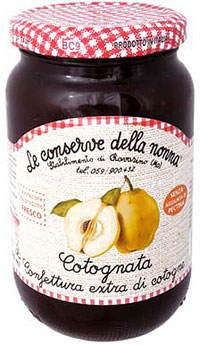
Quittenkonfitüre
I’ve just done a bit of research on the internet and will try to explain it here. Traditionally and colloquially, “jam” is a spread made from fruit boiled down with sugar (and, if desired, spices such as cinnamon or vanilla). The word “jam” itself is probably derived from the Portuguese word marmelada for “quince jam”. Quince jam therefore seems to have been a very early form. The word “jam”, on the other hand, is derived from the French confiture, which means “preserves”. It came into German along with many other words from French in the 17th century, when the corresponding terms were borrowed alongside the French fashion. And somehow “confiture” sounds more refined than “marmalade”, perhaps because the mouth is so elegantly rounded?
In any case, the European Community issued a jam regulation in 1982, according to which only preserves made from citrus fruits may be referred to as “jam” in advertising and sales. As is always the case with language regulations, it takes a while for them to catch on. You may remember from English lessons that orange marmalade was referred to as “marmelade” and blackberry jam as “jam”, for example. English usage was therefore prescribed throughout Europe.
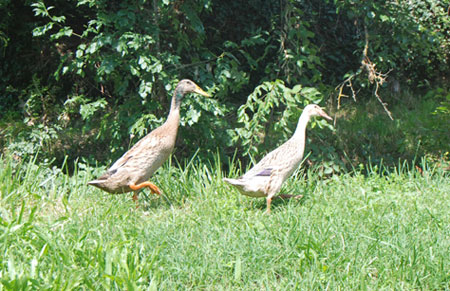
Die indischen Laufenten, die auf dem Außerperskolerhof gegen Schnecken eingesetzt werden.
However, the Außerperskolerhof does not produce jams at all, but (in addition to vegan honey made from dandelion flowers and spruce extract as well as fruit vinegars) “only” fruit spreads, but these are made from blackberries, raspberries and cranberries, jostaberries, raspberries and currants. What is this fruit spread again?
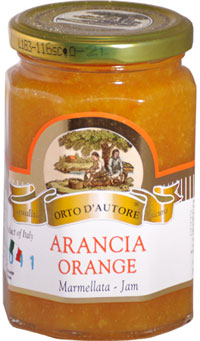
Sizilianische Orangenmarmelade
In the Jam Ordinance, the terms “jam” and “extra jam”, “jelly” and “extra jelly”, “marmalade”, “jelly marmalade” and “chestnut purée” are defined according to how much fruit pulp or pulp must be contained per 1000g of finished product. Within the individual products, the proportion varies again depending on the fruit. Anything that deviates from the regulations for jam must be assigned to the other terms. Jelly, for example, is only made from fruit juice and not from the whole fruit. Fruit spreads differ in that they may contain less sugar or other sweeteners. It can therefore be concluded that the fruit boiled down at the Außerperskolerhof is more tooth-friendly as it contains less sugar than jam or marmalade.
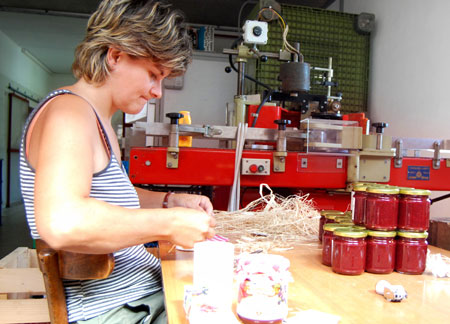
Die Gläser werden von Hand hübsch verziert.
After reading up on the subject, I can understand quite well why so few people are aware of the jam regulations. As fruit spreads contain the least amount of sugar and therefore the taste of the fruit is purer and more tooth-friendly, I prefer fruit spreads.
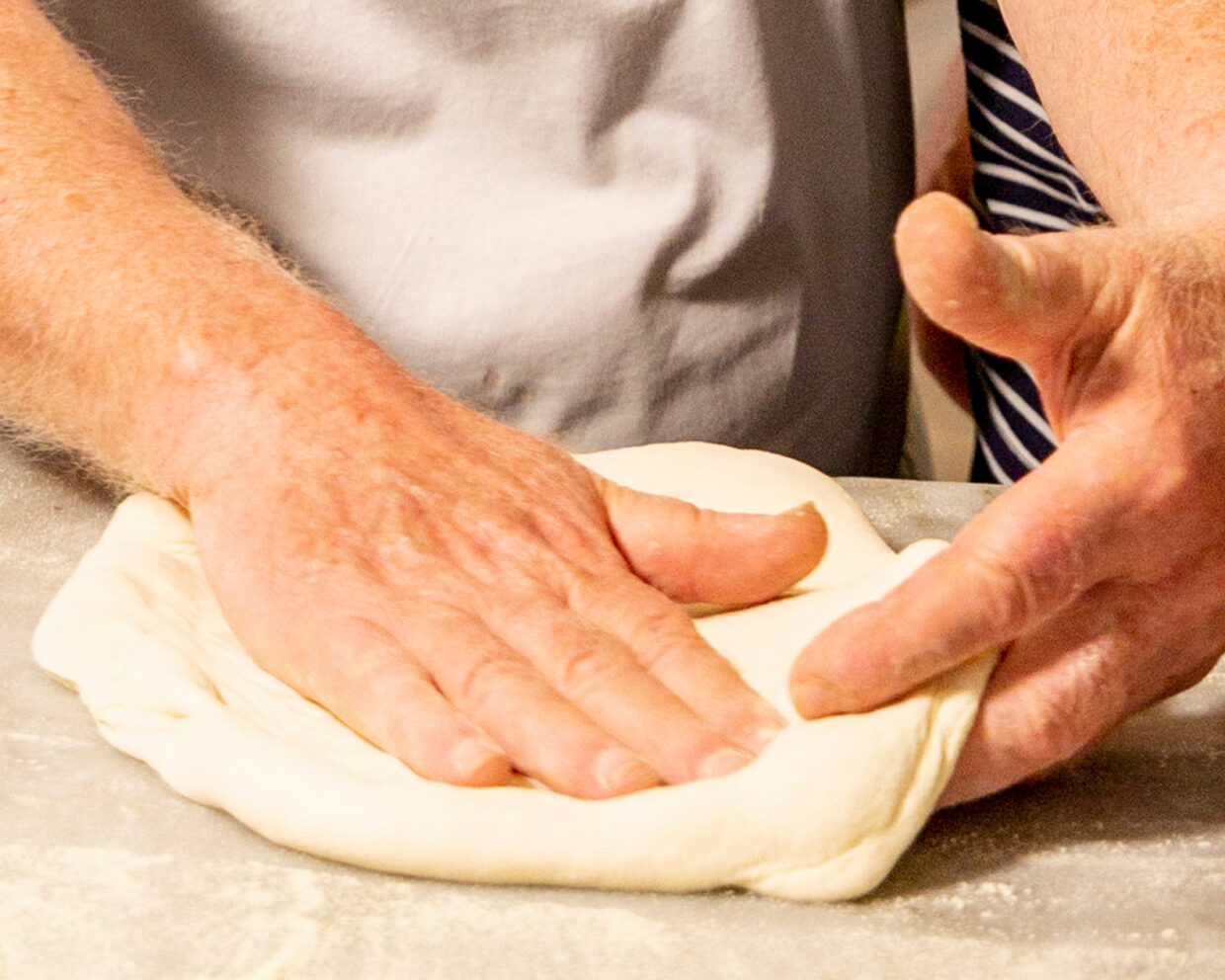
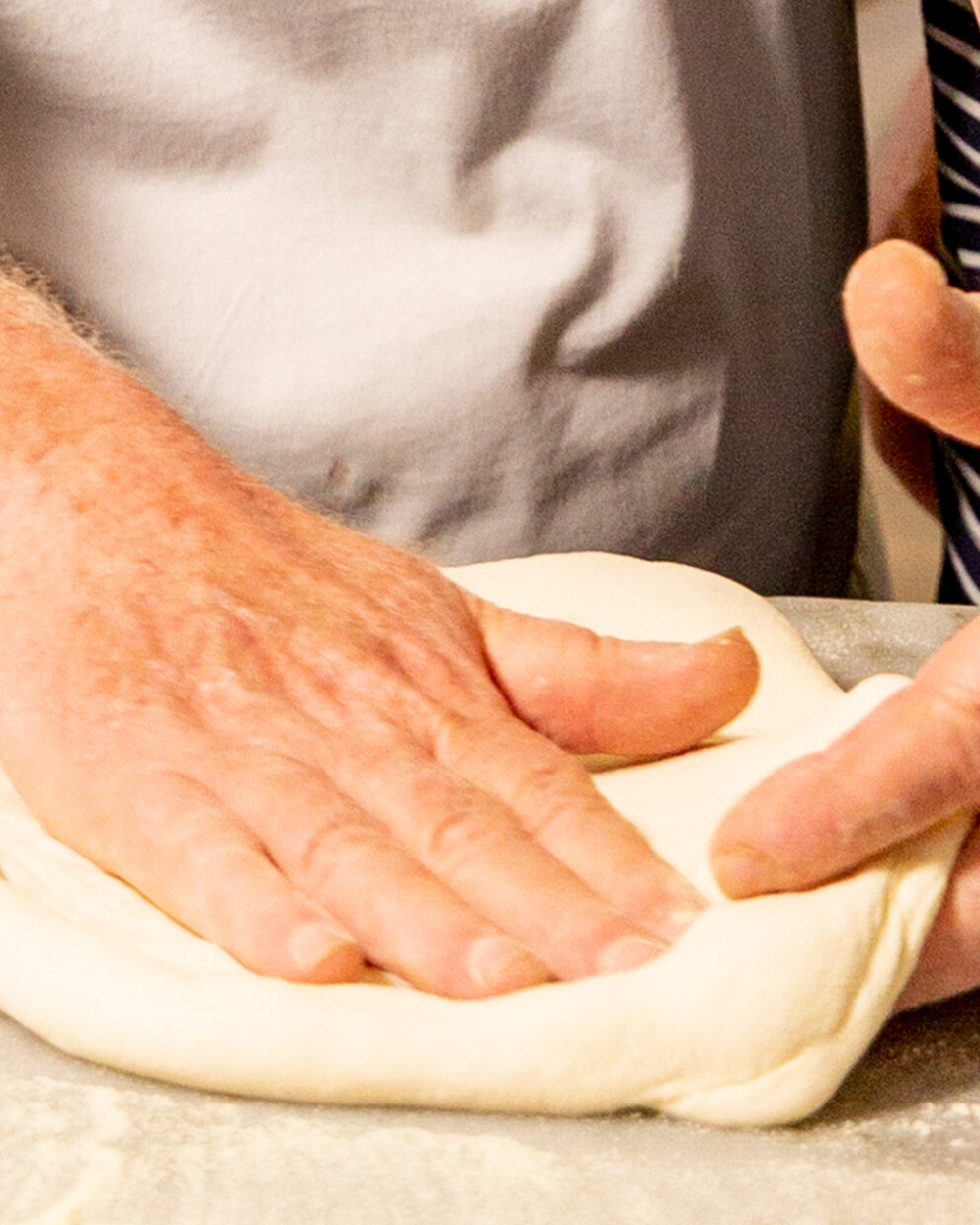
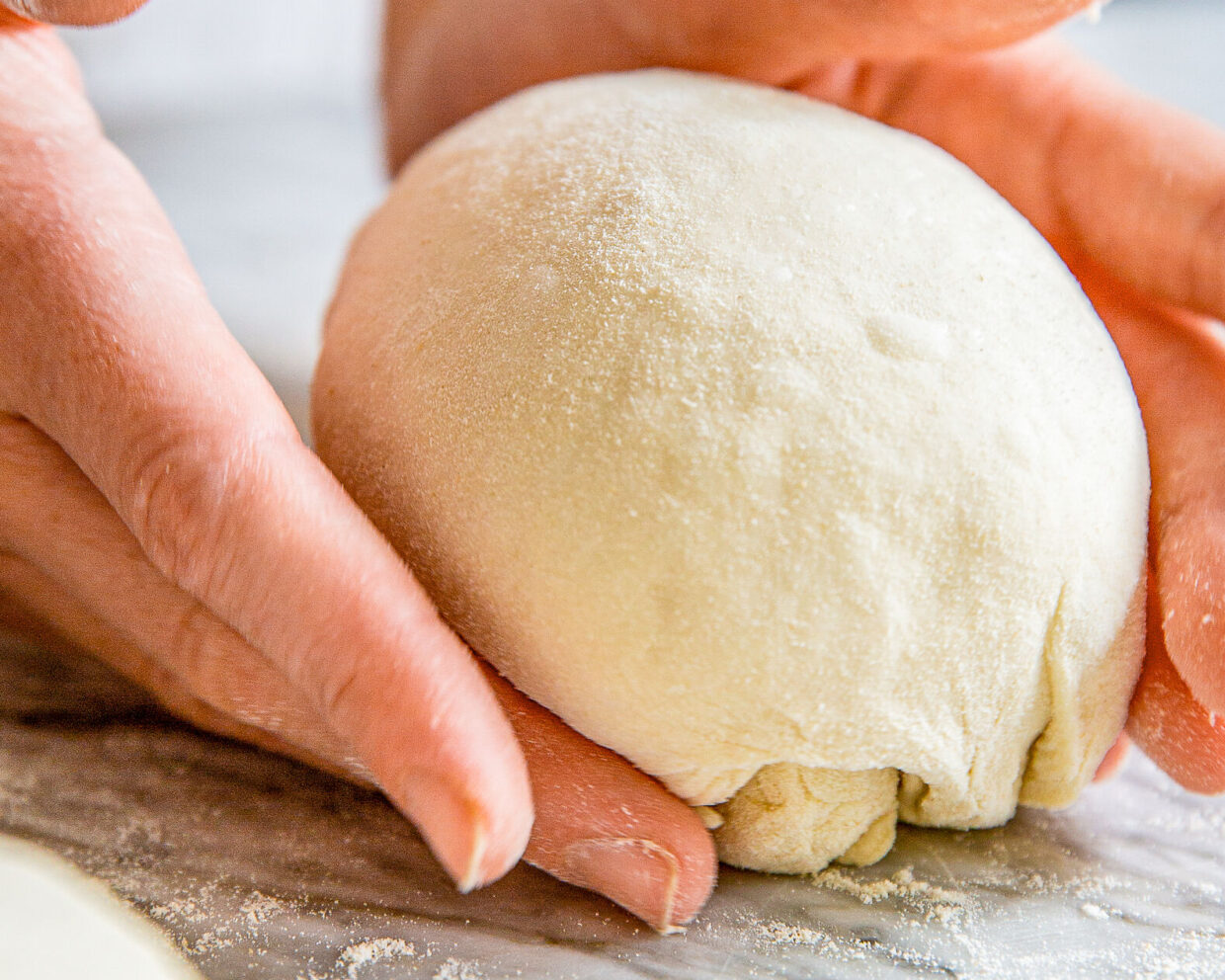
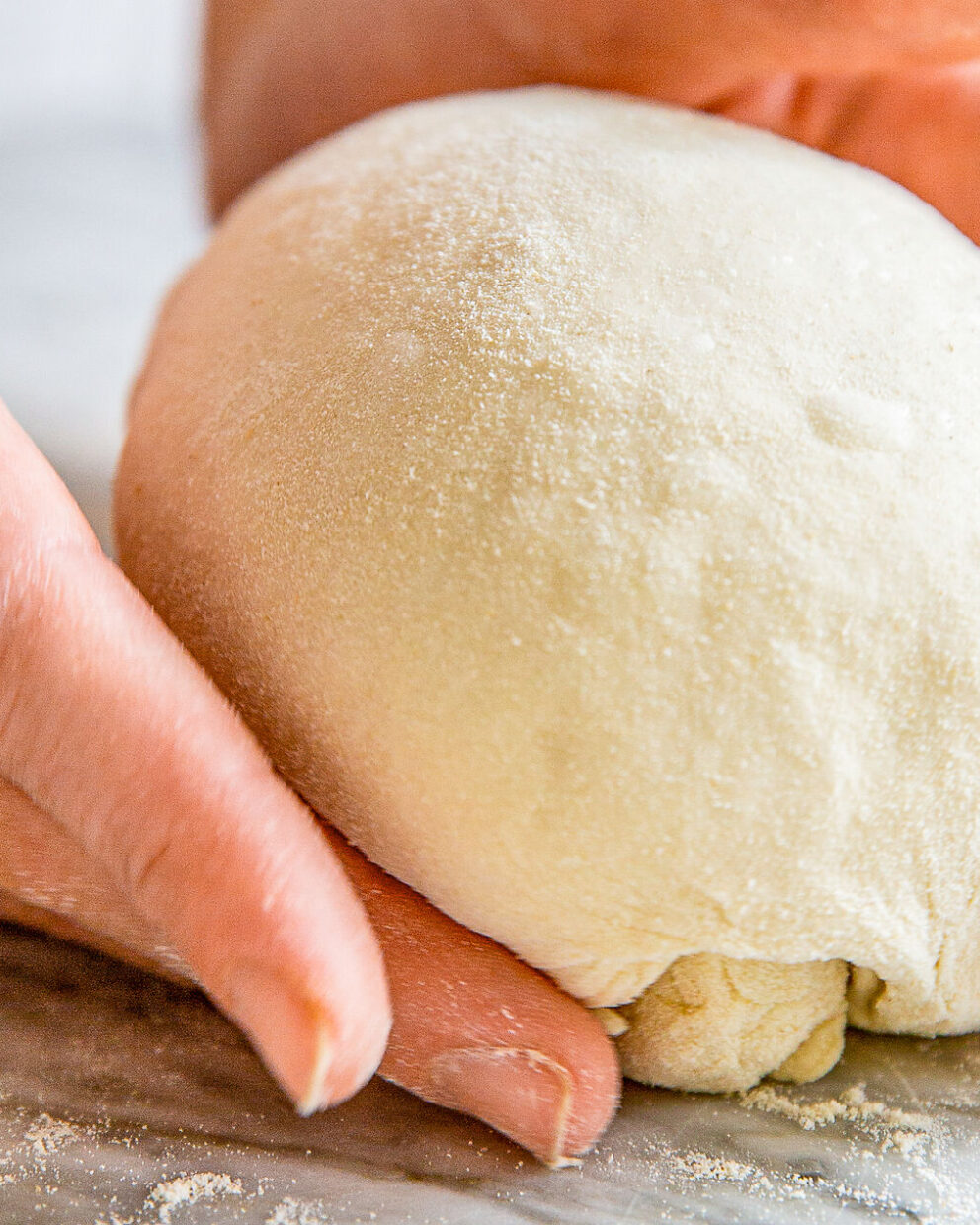




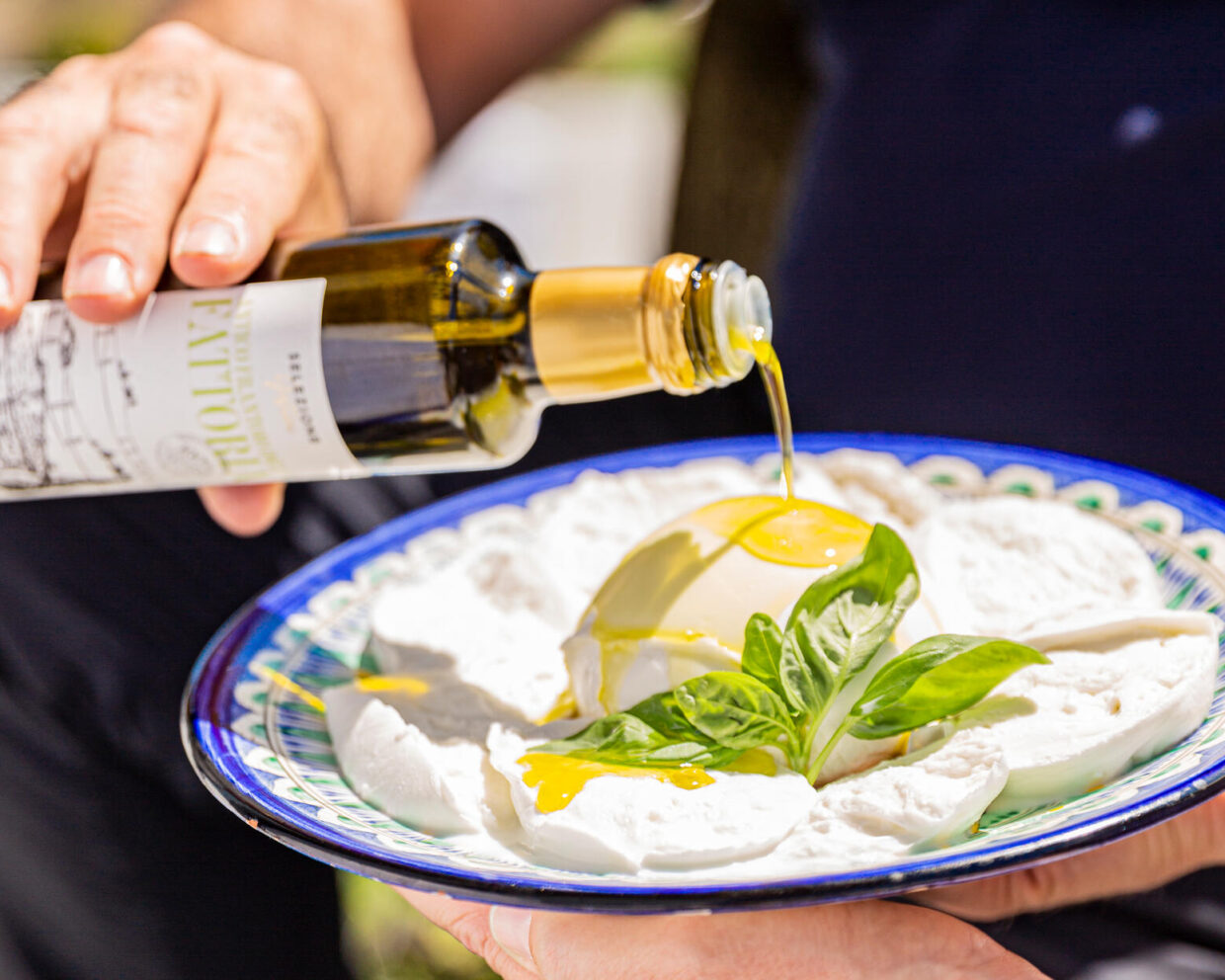


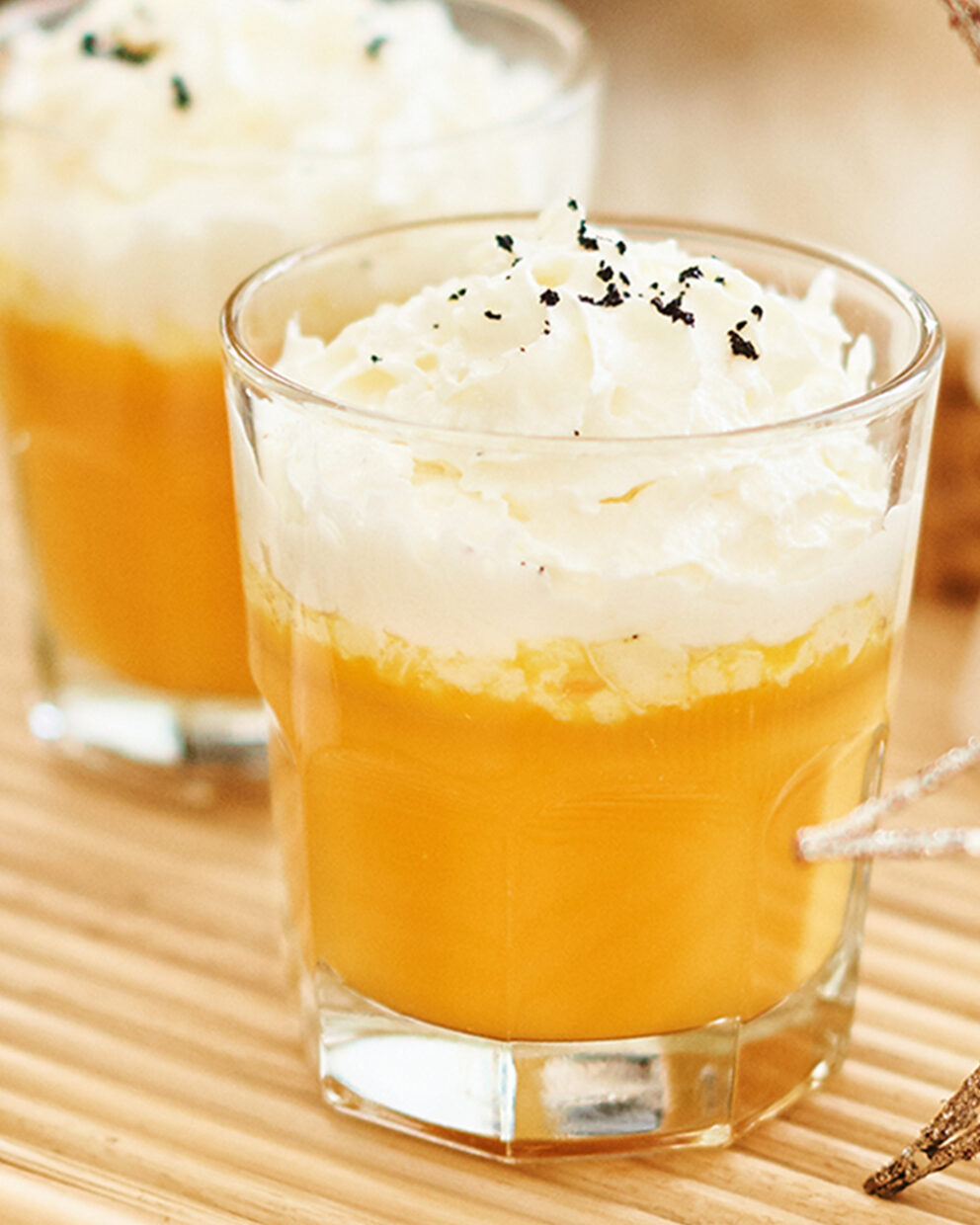
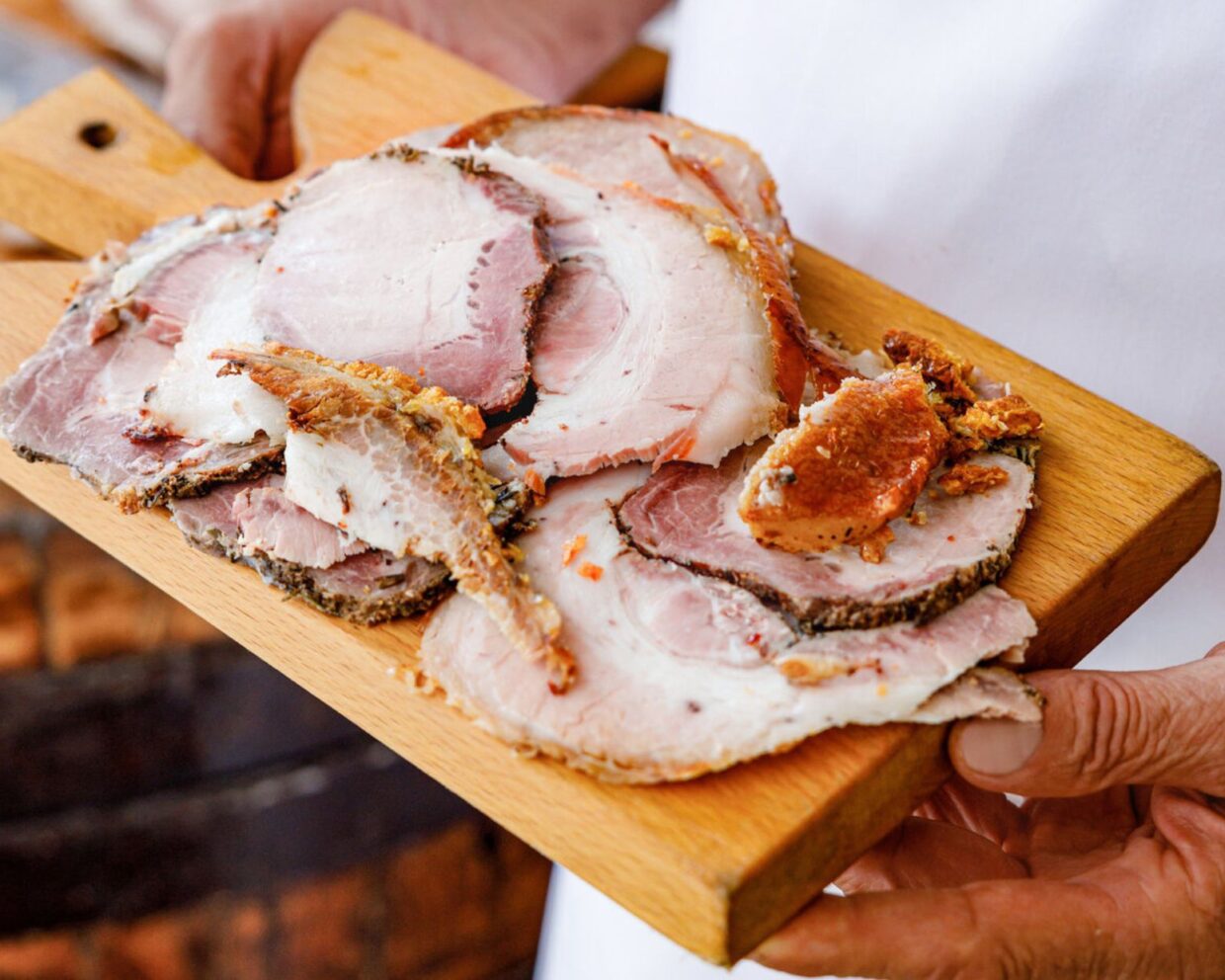
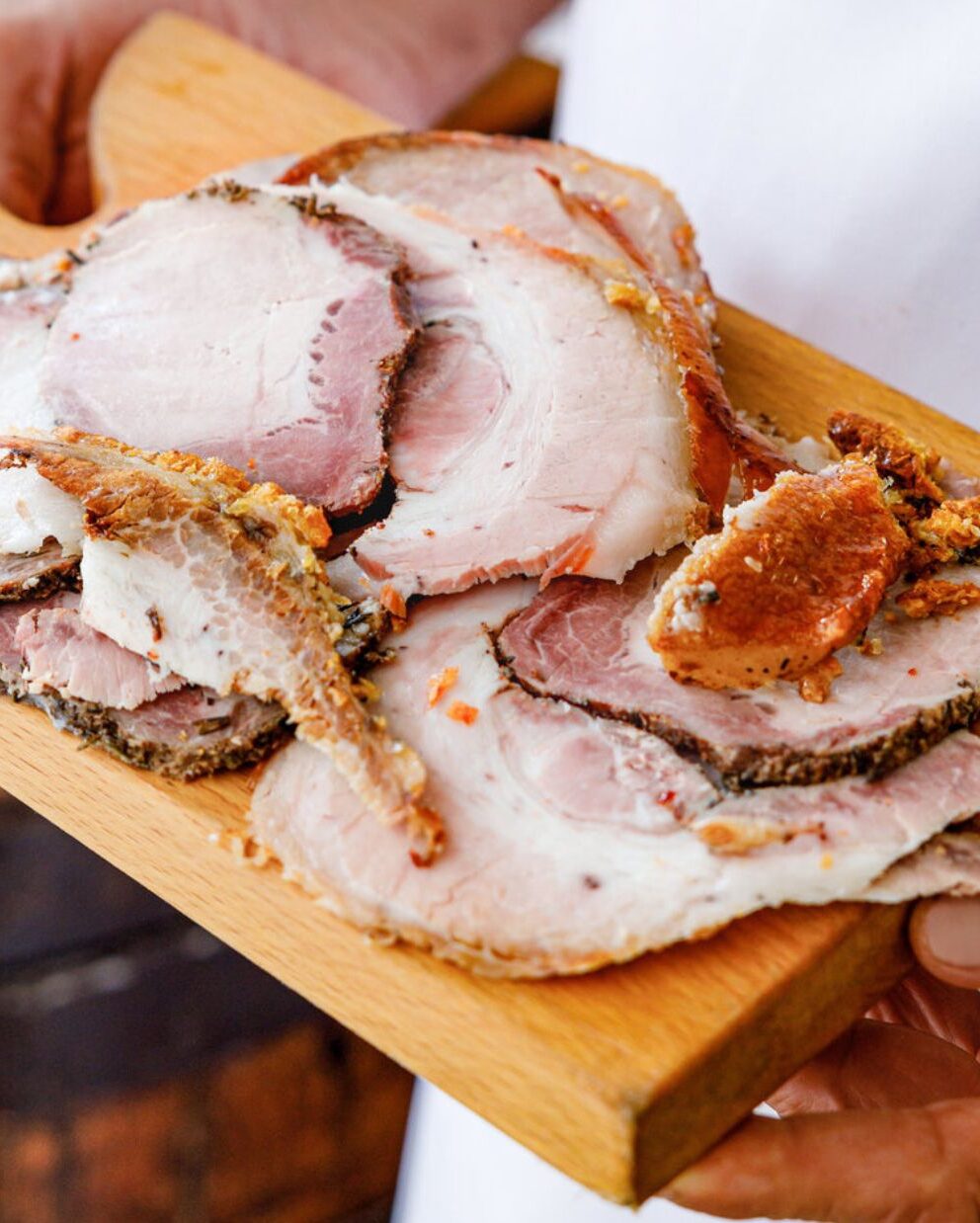
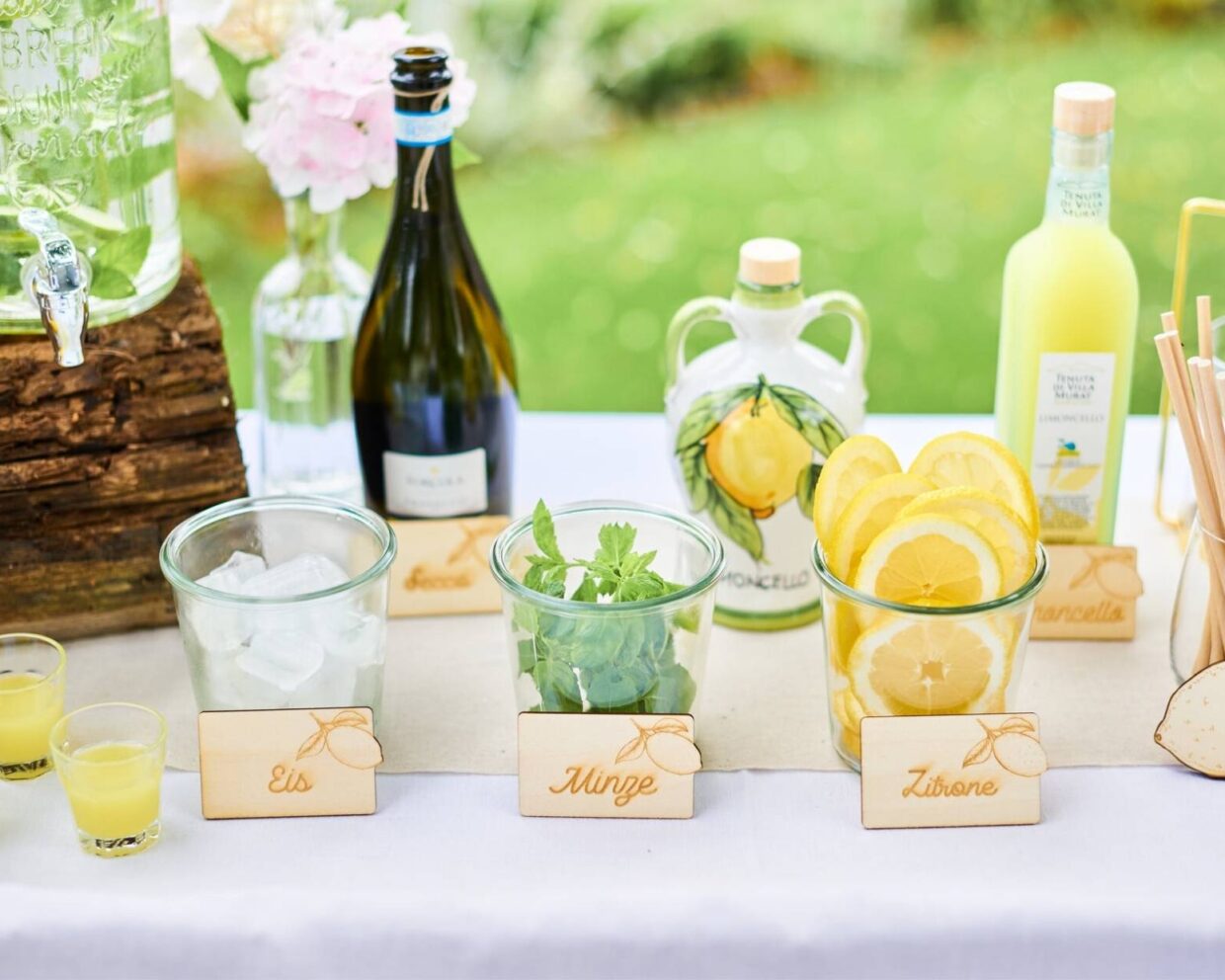
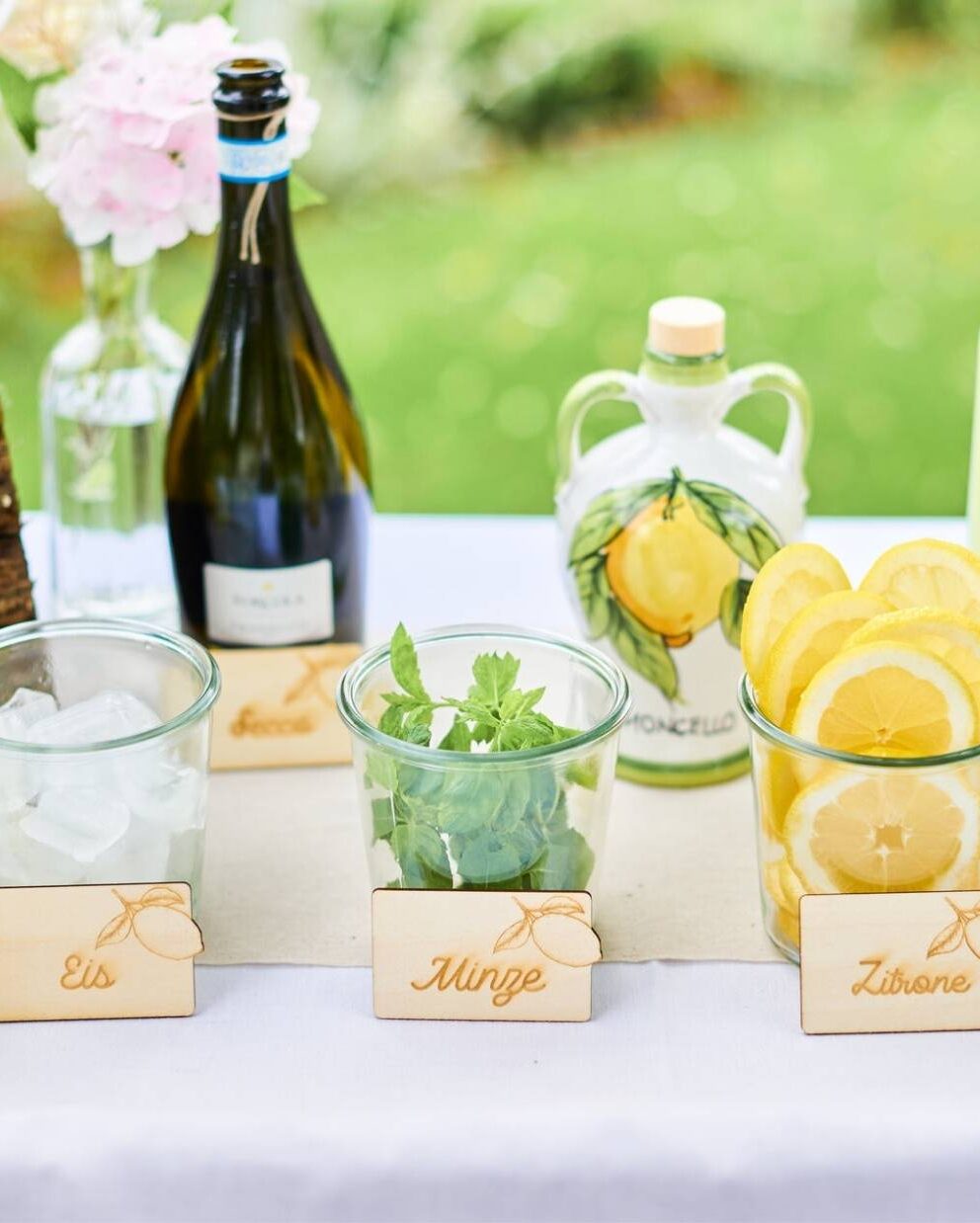


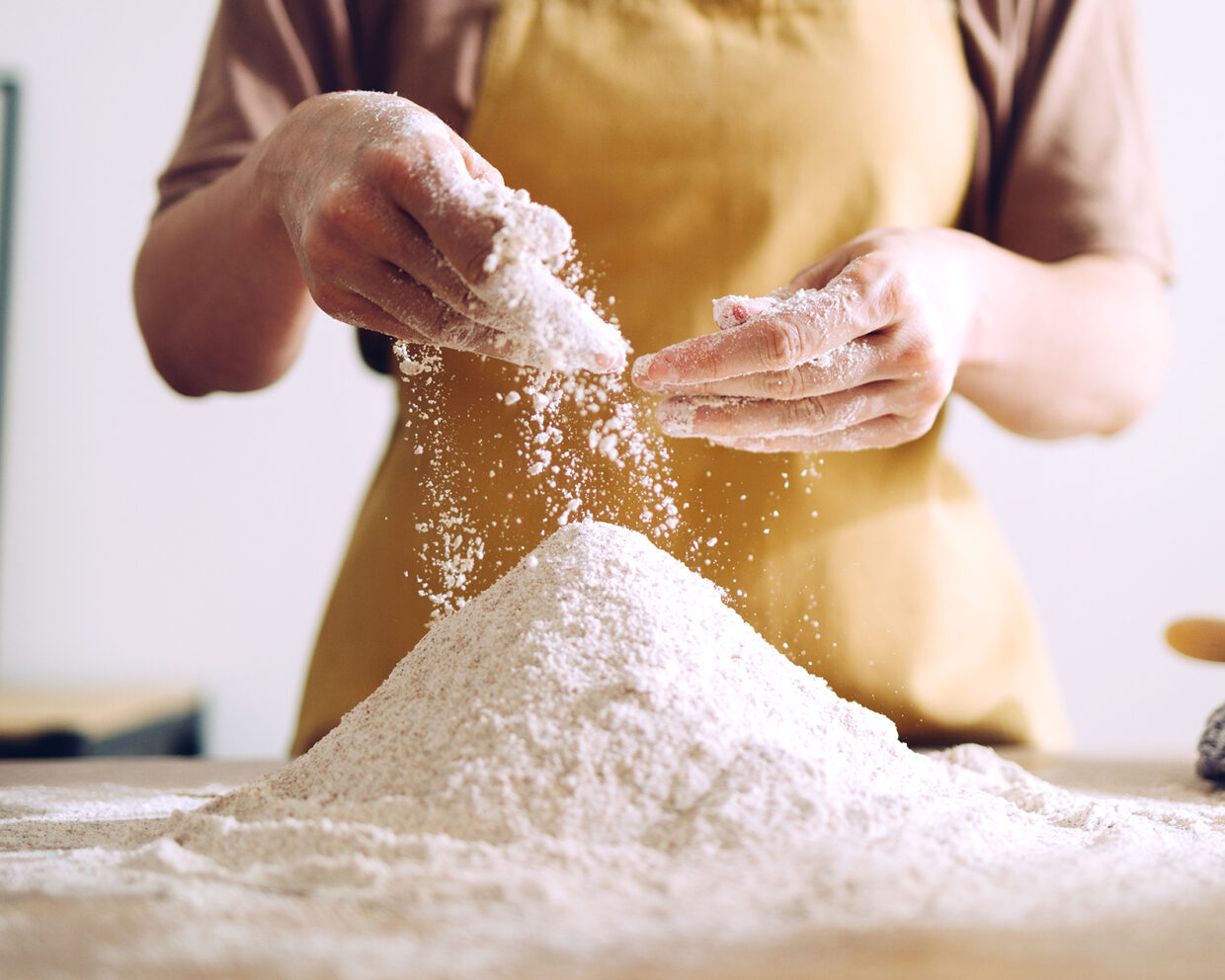
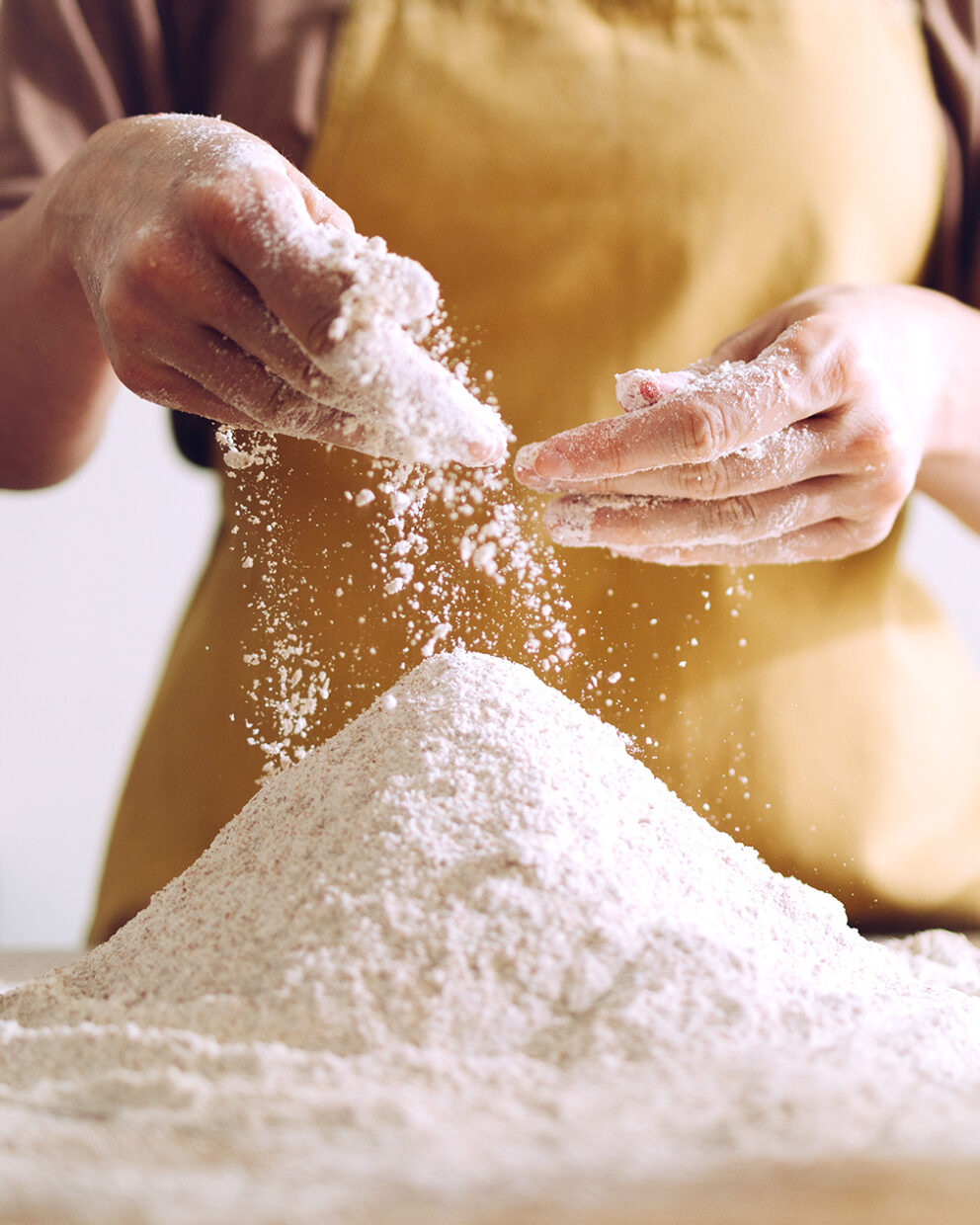
Want to share your thoughts? We're excited to hear what you think of the article. Tell us about your ideas, tips or questions! Leave a comment and share your knowledge with the community. Your opinion counts.
Write a comment